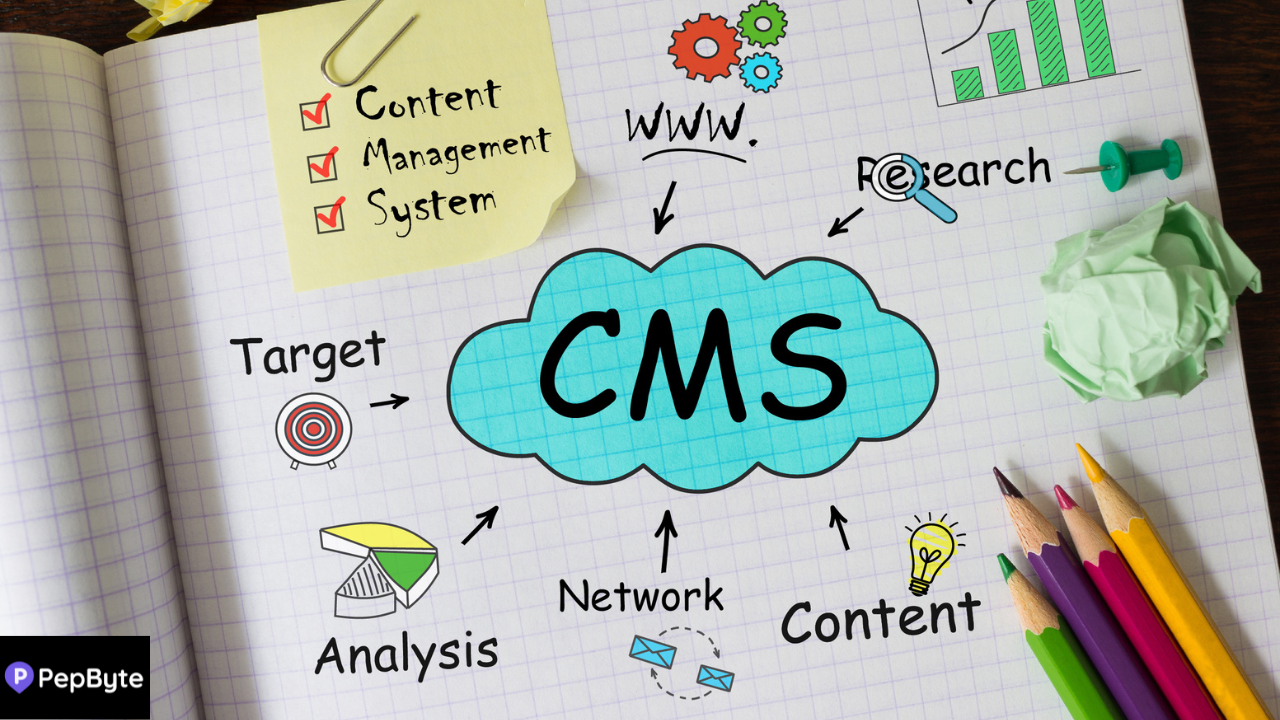In the digital age, your website is more than just an online brochure — it is the cornerstone of your brand identity and the gateway for business growth. Whether you’re a local startup or an established enterprise, the type of website you choose can have a lasting impact on your visibility, user experience, and ability to scale.
Two common options dominate the web landscape: static websites and dynamic websites. Each has its advantages, limitations, and best-use cases. Choosing the right one depends on your business goals, budget, and long-term digital strategy.
At Pixlavo, we help businesses navigate these decisions with tailored solutions that include SEO, web development, app development, security, cloud services, and more. Let’s dive deeper into the differences and see which website model is the best fit for your business.
What is a Static Website?
A static website is built with fixed HTML, CSS, and sometimes JavaScript. Every visitor sees the exact same content, and updates require a developer to edit the code manually.
✅ Advantages of Static Websites
-
Speed & Performance – Because static pages are pre-built, they load quickly without relying on databases.
-
Cost-Effective – Development and hosting are typically more affordable compared to dynamic sites.
-
Security – With fewer moving parts, static sites are less vulnerable to hacking attempts.
-
Reliability – Since they don’t depend on complex server-side operations, static websites are stable and less prone to downtime.
⚠️ Limitations of Static Websites
-
Difficult to Update – Requires technical knowledge for every content change.
-
Limited Features – Not suitable for businesses that need interactivity, user accounts, or frequent updates.
-
Poor Scalability – Expanding static sites can be time-consuming and inefficient.
Best Fit:
Static websites are ideal for small businesses, portfolios, landing pages, or companies that simply need an online presence without frequent updates.
What is a Dynamic Website?
A dynamic website is powered by server-side scripting and databases. Content is generated in real time, allowing for personalization, interactivity, and easy content management through systems like WordPress, Drupal, or custom-built platforms.
✅ Advantages of Dynamic Websites
-
Easy Content Management (CMS) – Business owners can update content without technical expertise.
-
Personalized Experiences – Pages can adapt to user behavior, preferences, or location.
-
Feature-Rich – Supports advanced functionalities like e-commerce, user logins, dashboards, and more.
-
Scalability – Dynamic websites can grow with your business, integrating with apps, cloud platforms, and third-party tools.
⚠️ Limitations of Dynamic Websites
-
Higher Development Costs – Building and maintaining a dynamic website requires more resources.
-
Security Risks – Databases and scripts create more vulnerabilities if not properly managed.
-
Performance Considerations – Dynamic websites can be slower than static ones without proper optimization.
Best Fit:
Dynamic websites are ideal for businesses that want to scale, sell online, engage customers, or integrate advanced features like chatbots, booking systems, and personalized dashboards.
Static vs. Dynamic Websites: A Side-by-Side Comparison
| Feature | Static Website | Dynamic Website |
|---|---|---|
| Speed | Extremely fast | Depends on optimization |
| Cost | Lower | Higher |
| Security | Very secure | Requires monitoring |
| Updates | Manual | Easy via CMS |
| Scalability | Limited | Highly scalable |
| Best For | Small businesses, portfolios, landing pages | E-commerce, startups, enterprises, blogs, platforms |
This comparison makes it clear: static websites are best for simplicity, while dynamic websites are best for growth and flexibility.
Which Website Fits Your Business?
Choosing between static and dynamic websites depends on your business size, goals, and long-term digital strategy.
-
If your goal is a simple, budget-friendly online presence with little need for updates → a static website works.
-
If you want to attract new customers, integrate apps, and continuously scale your business → a dynamic website is the smarter investment.
Most businesses eventually shift toward dynamic websites because they enable SEO, content marketing, automation, and digital growth strategies that static sites cannot handle effectively.
How Pixlavo Helps Businesses Grow Online
At Pixlavo, we go beyond just building websites — we build digital growth engines tailored to your business. Whether you need a static or dynamic site, our expert team ensures it is designed to perform, secure, and optimized for search engines.
Our services include:
-
SEO (Search Engine Optimization) – Drive organic traffic and improve your Google rankings.
-
Web Development – From static landing pages to dynamic enterprise websites.
-
App Development – Mobile and web apps that enhance customer engagement.
-
Security Solutions – Protect your website from cyber threats.
-
Cloud Services – Scalable hosting and cloud integration for growing businesses.
-
Digital Strategy Consulting – End-to-end guidance on your online transformation.
With Pixlavo, you get a partner who understands technology, marketing, and business growth.
Final Thoughts
Your website is the digital face of your business. Choosing between a static or dynamic website is not just a technical decision — it’s a business growth decision.
-
Static websites are perfect if you need something quick, simple, and affordable.
-
Dynamic websites are the future for businesses that want scalability, automation, and long-term growth.
At Pixlavo, we combine design, development, SEO, and cloud solutions to help businesses succeed online. Whether you’re starting small or planning to scale big, our team ensures your website is a powerful tool for growth, security, and visibility.
📩 Ready to build a website that fits your business?
Contact support@pixlavo.com or visit pixlavo.com today.




